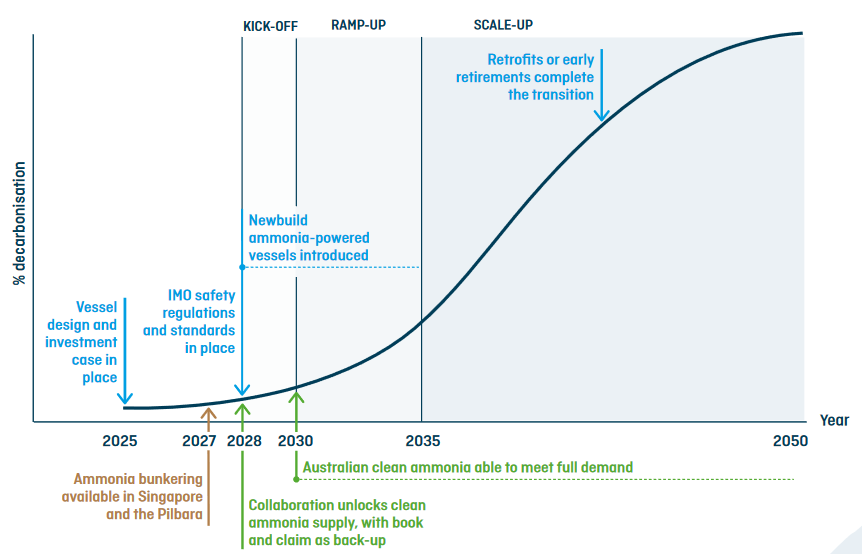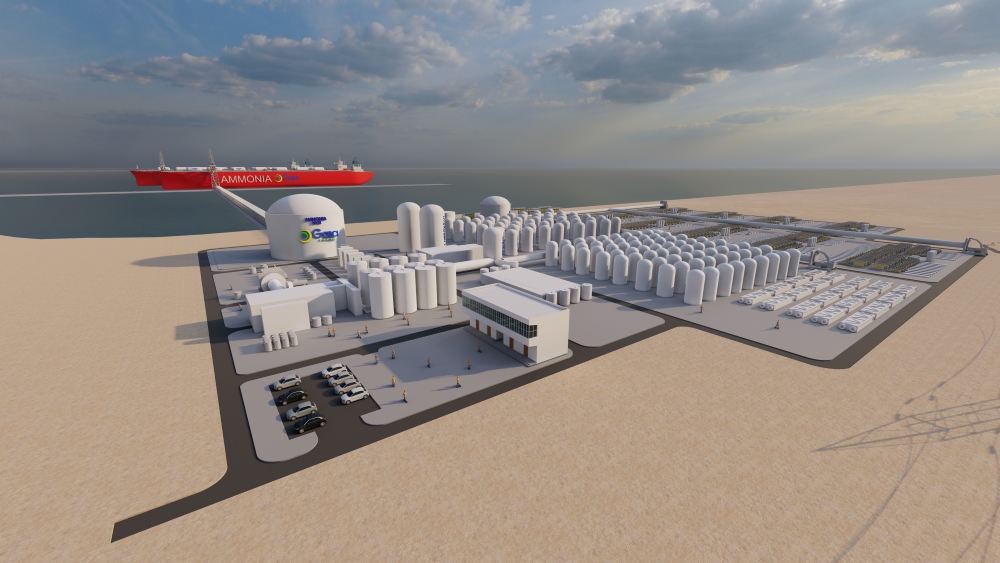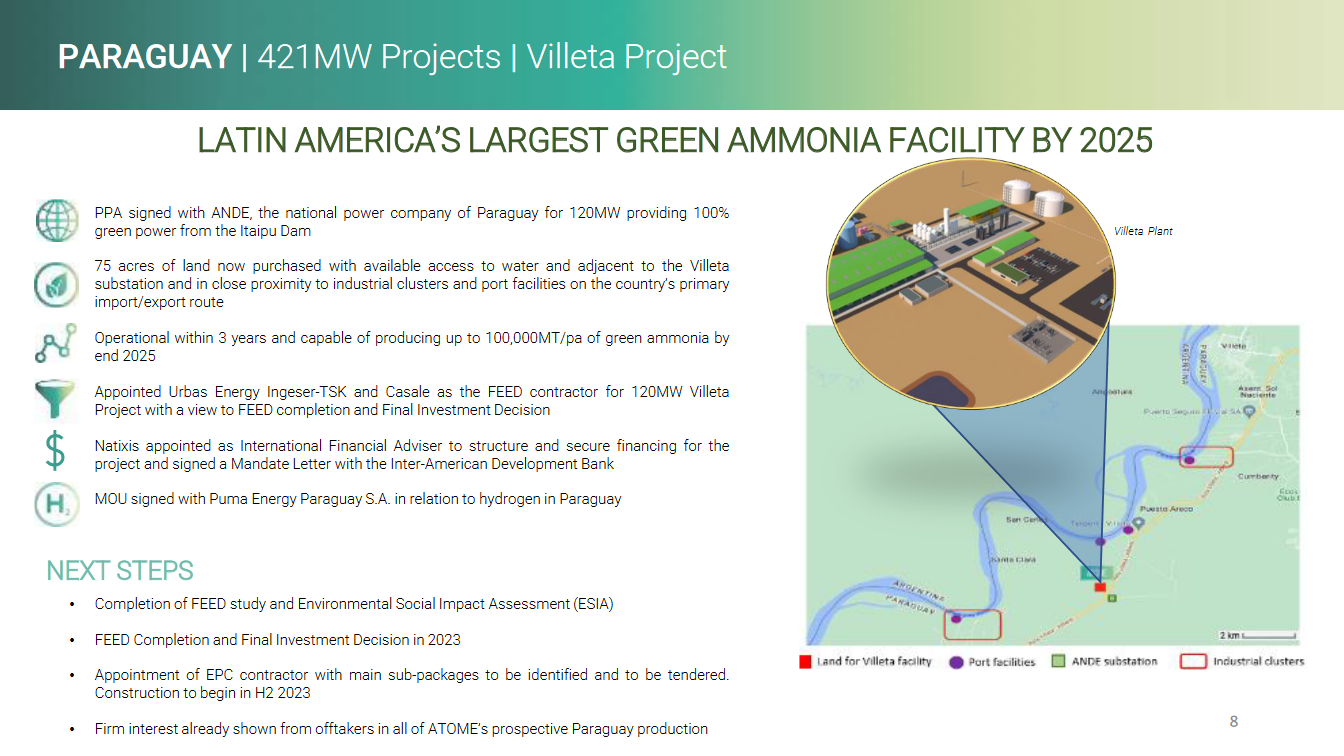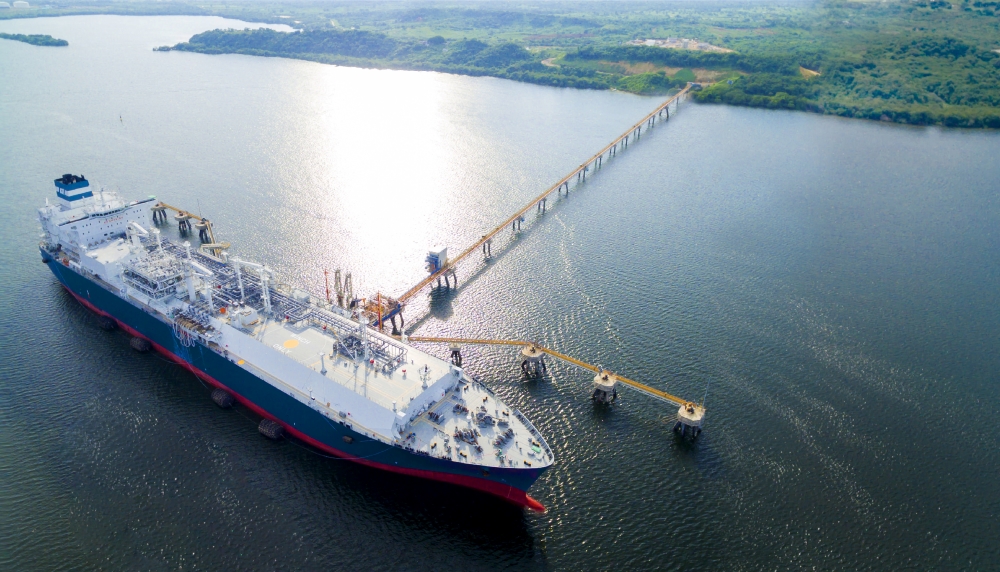IHI, NYK Line report successful marine engine testing in Japan
Successful testing has been completed at IHI’s facilities in Ota, Japan. A four-stroke marine engine - fully integrated with exhaust gas aftertreatment and fuel supply systems - produced stable operations running on up to 80% ammonia fuel. Emissions of dinitrogen monoxide (N2O) and ammonia slip were reported as “virtually zero”.









